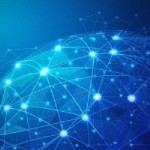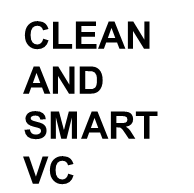Efficiency is becoming an increasingly broad theme

We have noticed a new “efficiency revolution” around us.
The concept of efficiency is not new and we use it often. But one could say that there are “good” efficiency initiatives and less good ones. Put another way, cost reduction initiatives should be about making a company stronger. In practice, however, cost-cutting often plays out differently: companies often make cuts as a reaction triggered by an economic downturn or a shift in the market, or because they are under pressure from investors to deliver gains within a quarter or two.
We see a broader and richer understanding of “efficiency” emerging, and part of it is to do with the advent of new analytical technologies and the Internet of Things. More specifically, efficiency is increasingly being connected with energy efficiency and therefore “clean”.
This is captured in the increasingly widespread use of the concept of “resource efficiency”. Companies have always been interested in process efficiency, workers’ productivity, control on expenses, and so on. But resource efficiency is becoming an important dimension of efficiency: the volatility in raw material prices in the past 10 years have focused managers’ minds, so has the political game played by some countries to create “shortage” in certain raw materials (for example, in rare earth metals). Reducing or managing one’s exposure to the volatility of these markets has meant cutting down on wastage and engaging in more recycling.
The efficient also tends to be “smart”. Trackers and sensors have been embedded into valuable goods for some years; much cheaper sensors have now made it possible to embed these into lower-value goods. Exponential increases in embedding computing capabilities make it possible for assets to talk with each other and do smart things, and for the owners to exercise a degree of control over their deployment that is real-time, predictive and therefore more effective.
Companies are asking themselves: what asset could be integrated with software and sensors? Which pieces of equipment are used only for a small fraction of the time? What energy-intensive equipment is “on” without performing a function and therefore can be redeployed or taken offline? All lend themselves to solutions that optimise routing, loading, sharing, or timing.
In sum, with the Internet of Things and predictive analytics, our global economy has the opportunity to focus on finding an increasing number of “good” efficient solutions. That is the opportunity – and the challenge – of our times.






[…] #2. Efficiency will be an important part of this internet. As companies face increasing options in their energy management, they are more able to measure energy use in real-time and therefore achieve energy efficiency goals, on its own, but mostly importantly by creating energy and equipment performance comparisons between a company’s various divisions, premises and outlets. […]